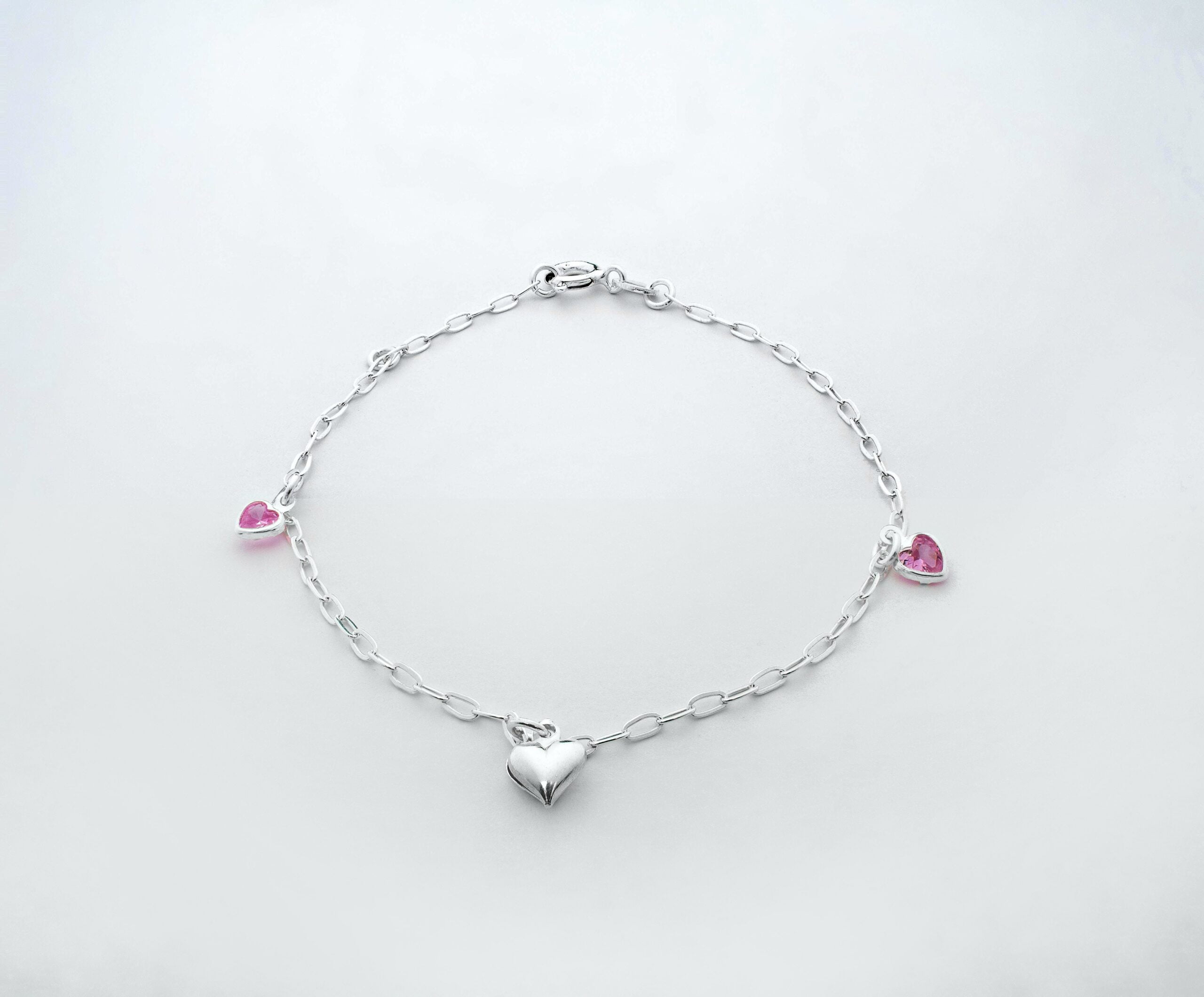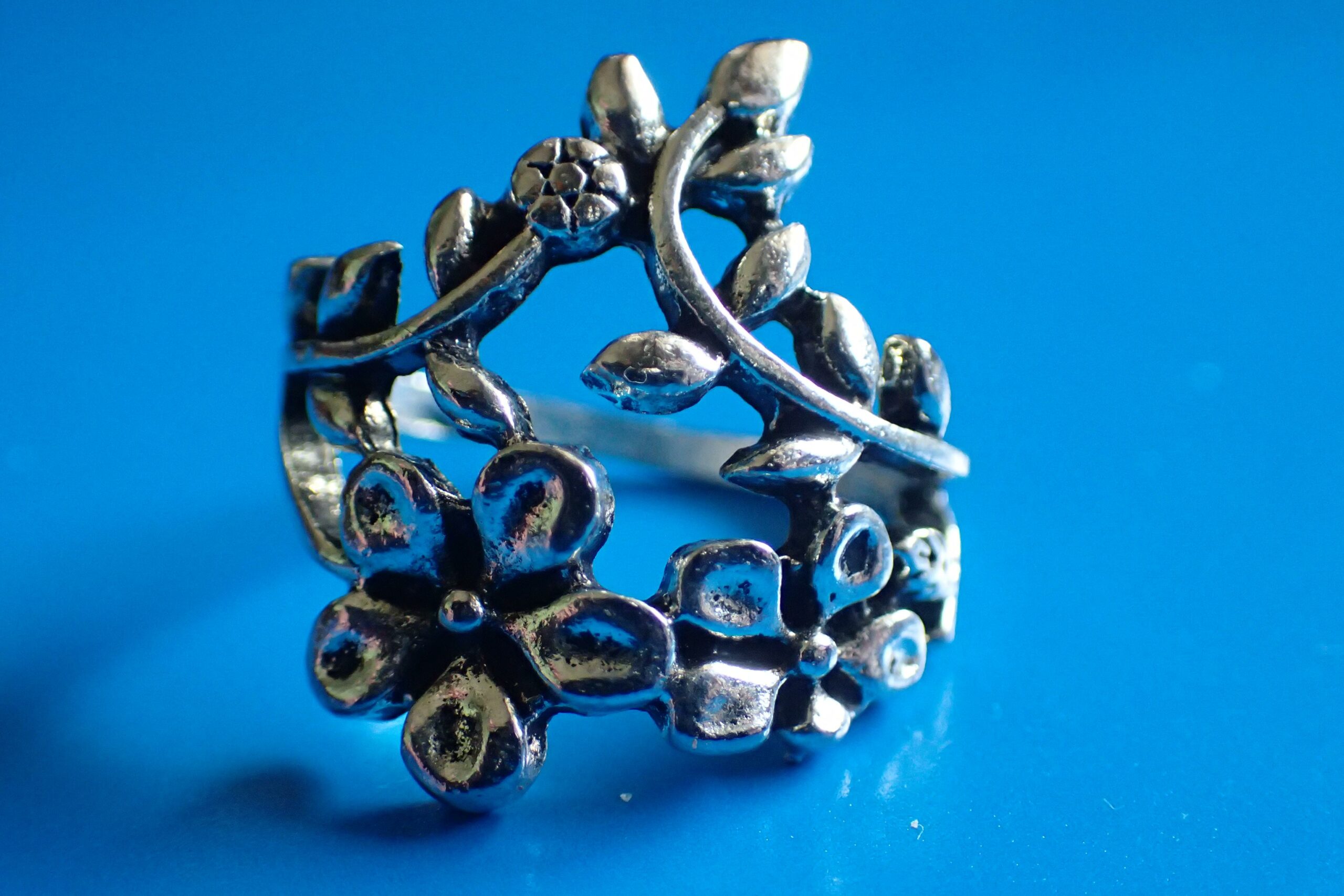Are you familiar with the stunning blue gemstone called sapphire? Most people associate it with luxurious jewelry pieces, but there’s more to sapphire than meets the eye. In this article, we will take you on a captivating journey through the fascinating world of sapphire, exploring its countless applications beyond the realm of jewelry. From cutting-edge technologies to groundbreaking scientific breakthroughs, sapphire is a gemstone that has found diverse uses in various industries. So, fasten your seat belts and get ready to delve into the mesmerizing world of sapphire uses other than jewelry.

Sapphire Uses Other Than Jewelry
Sapphire, renowned for its exquisite beauty and association with luxury, holds a prominent place in the world of jewelry. However, this stunning gemstone has far more to offer than just its aesthetic appeal. Rich in its applications across various industries, sapphire proves to be a versatile and invaluable material with exceptional properties. In this article, we will delve into the non-jewelry applications of sapphire, exploring its role in technology, science, and beyond.
Technological Marvels
Sapphire’s exceptional hardness and optical properties make it an ideal choice for applications in the field of technology. From smartphones and tablets to laser technology and military equipment, sapphire plays a significant role in enhancing functionality and durability. One of the key uses of sapphire lies in its application as a protective screen for electronic devices, offering scratch resistance and durability that surpasses other materials.
Sapphire’s infrared transmission capabilities have established its importance in the production of optical components. These components are used in devices such as barcode scanners, medical instruments, and infrared detectors. Moreover, in the realm of wristwatches, sapphire is highly sought after as a material for watch crystals due to its exceptional scratch resistance. It keeps time and style intact, providing a clear window to the intricate mechanical movements within.
Sapphire’s versatility and durability ensure its indispensability in the world of technology. It safeguards our devices, enhances optical precision, and adds a touch of elegance to wristwatches.
Scientific Advancements
In the realm of science, sapphire shines as a crucial element in many research and development endeavors. Scientists turn to sapphire to create experimental setups due to its high melting point, chemical inertness, and exceptional clarity. It serves as an insulating substrate in electronic wafers, enabling the development of special-purpose solid-state electronics.
Sapphire’s properties also make it an essential material for creating extremely high-pressure environments. Scientists use it in conjunction with diamond anvils to generate pressures thousands of times greater than the Earth’s atmosphere. This technique aids in the discovery and understanding of new materials with unique properties, pushing the boundaries of scientific knowledge.
Sapphire’s exceptional properties make it an indispensable tool for scientific research, enabling us to explore new frontiers and uncover the secrets of the universe.
Industrial Applications
The industrial sector benefits greatly from sapphire’s remarkable properties. Its high durability and hardness make it an excellent material for high-performance windows in extreme environments. These windows can endure the harshest conditions, such as extreme temperatures, corrosive chemicals, and high-pressure environments. Applications range from spacecraft windows and military vehicles to industrial machinery and even furnace observation ports.
Moreover, sapphire’s exceptional thermal properties enable its use in the production of light-emitting diodes (LEDs) and radio frequency (RF) power devices. Sapphire substrates provide the necessary thermal management and insulation required for these devices to operate efficiently and reliably.
Sapphire’s robustness and resistance to extreme conditions make it a crucial component in various industrial applications, ensuring durability and reliability in challenging environments.
In summary, sapphire’s applications extend far beyond the realm of jewelry. From protecting our electronic devices to aiding scientific discoveries and enhancing industrial machinery, this magnificent gemstone proves its worth across various industries. Its remarkable properties and versatility make it an indispensable material in the technological, scientific, and industrial sectors.
Sapphire, a gemstone of extraordinary beauty, becomes a guiding light in technology, science, and industry, illuminating new possibilities and pushing the boundaries of innovation.
Sapphires are not just any ordinary gemstones. They hold a fascinating history and possess unique characteristics that make them truly captivating. If you are curious to delve deeper into the world of sapphires and uncover some fun facts, then you’ve come to the right place. Discover interesting trivia, intriguing folklore, and surprising details about these mesmerizing gemstones by clicking here: fun facts about sapphires. Prepare to be amazed as you explore the enchanting allure of sapphires!
Sapphire, known for its dazzling beauty in jewelry, holds a plethora of possibilities beyond its conventional use. In the world of technology, sapphires have found their place, offering exceptional durability and strength. From smartphone screens to camera lenses, sapphire’s remarkable properties make it an ideal choice for various technological applications. Discover the many innovative ways sapphire is utilized in technology by exploring the fascinating article: Sapphire Uses Other Than Jewelry.
But that’s not all. Sapphires have also ventured into the realm of unconventional uses, surprising us with their versatility. Did you know that sapphires are being employed in ways unimaginable? Explore the intriguing and unconventional uses for sapphires by following this captivating link: Unconventional Uses for Sapphires.
Additionally, let’s not forget that sapphires have applications that go beyond jewelry. The incorporation of sapphire in industries beyond fashion and luxury has revolutionized the possibilities of this remarkable gemstone. Dive into the fascinating world of sapphire applications beyond jewelry through the enthralling article: Sapphire Applications Beyond Jewelry.
With these captivating insights and discoveries, you’ll gain a whole new perspective on sapphires and their remarkable potential in various fields. Don’t miss out on learning about the incredible uses of sapphire beyond the sparkle – click the links and embark on an exciting journey of knowledge and fascination.
SAPPHIRE: A Comprehensive Guide to the Precious Gemstone
[youtube v=”Xa11QPefd84″]
The word “Sapphire” specifically refers to the mineral corundum, showcasing a wide range of blue hues, ranging from light to dark. However, corundum can also appear in various other colors, except for red, which is known as Ruby. The mesmerizing blue color of Sapphire is attributed to trace amounts of iron and titanium. Rich violet-blue shades are considered the most desirable.
The term “Sapphire” finds its origin in the Greek word “zafirios,” which likely alluded to the gemstone lapis lazuli in ancient Greece and Rome. Throughout history, rulers and nobility believed that wearing blue sapphires provided protection against harm and envy. Even during the Middle Ages, sapphires were thought to attract divine blessings.
Sapphire deposits can be found in various parts of the world, including Australia, Afghanistan, Cambodia, China, India, Kenya, Madagascar, Malawi, Mozambique, Myanmar, Nigeria, Sri Lanka, Tanzania, Thailand, Montana (USA), and Vietnam. Among these, Sri Lanka stands out for producing the exceptionally rare pink and orange padparasha sapphires.
One fascinating optical phenomenon that corundum presents is asterism, a star-shaped pattern visible on cabochon sapphires. This distinct characteristic adds to the allure of these gemstones, making them even more sought after.
Sapphires hold significant meaning as birthstones for individuals born in September and serve as the gemstone for the 5th and 45th wedding anniversaries. Beyond symbolism, sapphires are believed to bring peace of mind, serenity, and prosperity to those who wear them.
Now, let’s delve into the diverse applications of sapphire beyond its traditional use in jewelry. Sapphire plays an essential role in various fields, including technology, science, and industry, owing to its unparalleled scratch resistance and durability.
In the realm of technology, sapphire finds application as a protective screen for electronic devices, ensuring that screens remain free from scratches. Furthermore, its clarity and scratch resistance make it a preferred material for watch crystals, a testament to its durability.
Sapphire also contributes to advancements in the scientific field, serving as an insulating substrate and creating high-pressure environments for research purposes. This gemstone is used extensively in optical components of various devices, such as barcode scanners, medical instruments, and infrared detectors.
In the industrial realm, sapphire’s versatility shines through. It is utilized in the production of high-performance windows for extreme environments, including spacecraft windows and furnace observation ports. The thermal properties of sapphire make it indispensable in the production of LED lights and RF power devices.
Its unique properties and durability position sapphire as an indispensable gemstone across multiple industries. From technology to science and industry, this precious gem continues to leave an indelible mark.
“Sapphire’s exceptional durability and scratch resistance make it an essential component in various technological and industrial applications, contributing to advancements in diverse fields.”
FAQ
What are some non-jewelry applications of sapphire?
Sapphire has a variety of applications beyond its use in jewelry. It can be used as infrared optical components, high-durability windows, wristwatch crystals, and movement bearings. It is also utilized as insulating substrates in electronic wafers for special-purpose solid-state electronics. Moreover, sapphires are used in research and development for creating new materials and products.
What is the hardness of sapphire?
Sapphire is known for its exceptional durability. It has a hardness of 9 on the Mohs scale, making it one of the hardest gemstones and a perfect candidate for applications that require scratch resistance and long-lasting performance.
Where can I find more information about sapphire applications?
For more information about the various uses of sapphire, you can refer to reputable sources such as Wikipedia, Gemrockauctions, Leo Hamel, and Jewel How. These sources provide detailed insights into the technological, scientific, and industrial sectors where sapphires find application.
Can sapphire be used in electronics?
Yes, sapphire is used in electronics. It serves as an insulating substrate in electronic wafers for specialized solid-state electronics. Its excellent electrical insulating properties and high thermal conductivity make it desirable for this application.
Is sapphire used in scientific research?
Absolutely! Sapphire plays a significant role in scientific research and development. Its unique properties, such as its high melting point, chemical inertness, and high transparency to specific wavelengths of light, make it a valuable material for creating new materials and products in various fields of study.
















